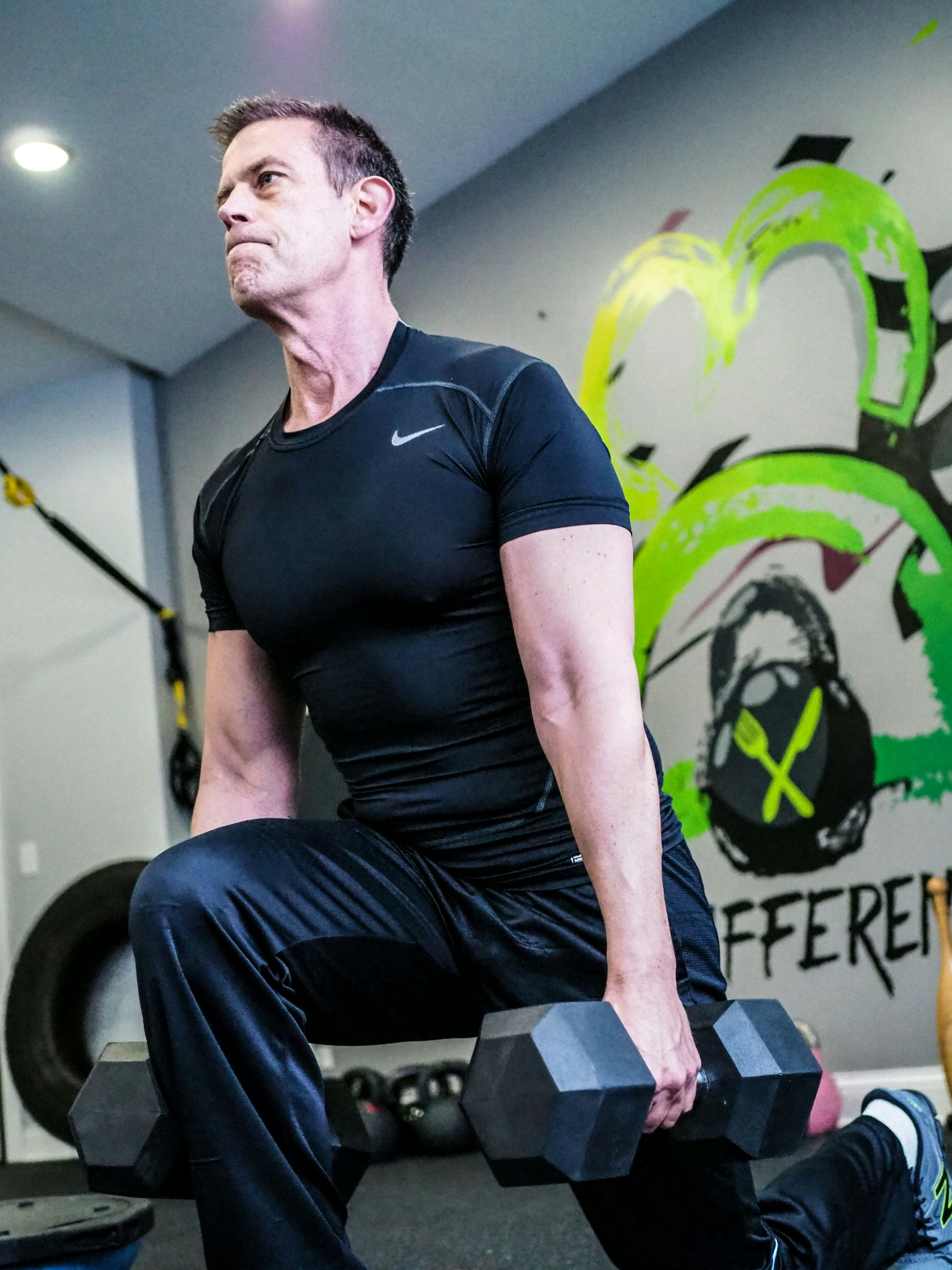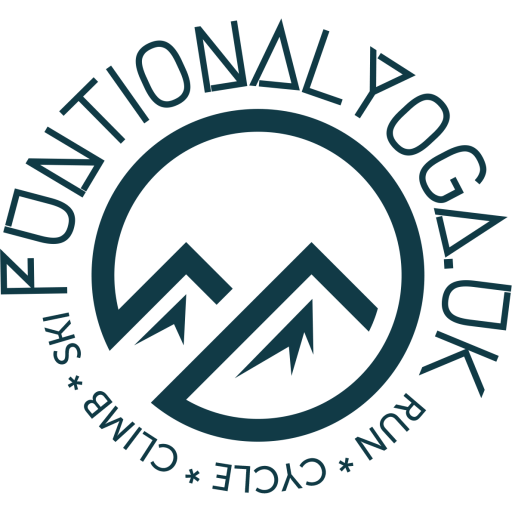
Understanding Functional Strength
Functional strength is a concept that embodies the ability of an individual to perform everyday activities efficiently and safely. This form of strength goes beyond traditional weightlifting and bodybuilding regimens, as it focuses on movements that are directly applicable to real-life scenarios. Unlike conventional strength training, which often isolates specific muscle groups, functional strength training encourages the development of multiple muscle groups simultaneously through dynamic movements that reflect activities encountered in daily life.
For instance, movements such as squatting, lunging, pushing, and pulling are fundamental to improving functional strength. These exercises mimic common activities like bending to pick up an object, climbing stairs, or lifting groceries. By training these functional movements, individuals enhance their ability to navigate through daily tasks without strain or risk of injury. This is particularly significant for older adults, who may face challenges maintaining mobility and balance as they age.
Moreover, functional strength plays a vital role in athletic performance. Athletes often engage in sports that necessitate a combination of strength, endurance, and agility, all of which can be cultivated through functional training. For example, a soccer player requires robust leg strength for running, consistent core strength for stability, and upper body strength for shielding the ball. Training programs that integrate functional strength can help athletes improve their performance by enhancing their neuromuscular coordination and movement efficiency.
In essence, developing functional strength is crucial not only for enhancing athletic performance but also for promoting overall physical well-being. This training approach prioritizes injury prevention, mobility, and the ability to perform daily activities with ease, making it a fundamental component of a comprehensive fitness regimen.
The Role of Lunges in Building Functional Strength
Lunges play a pivotal role in developing functional strength, as they engage multiple muscle groups and mimic real-life movements. By primarily targeting the quadriceps, hamstrings, glutes, and core, lunges effectively contribute to an overall increase in strength and stability. When performed correctly, lunges not only enhance individual muscle strength but also promote synergistic muscle coordination, essential for functional performance in daily activities.
Different lunge variations, such as forward lunges, reverse lunges, and lateral lunges, can be integrated into a training regimen to target specific areas and increase the workout’s effectiveness. For instance, forward lunges focus more on the quadriceps, while reverse lunges tend to engage the hamstrings and glutes more effectively. Lateral lunges, on the other hand, are excellent for improving lateral stability and strength, contributing to the body’s overall balance. This versatility in lunges makes them a valuable addition to any functional strength workout.
Moreover, the benefits of lunges extend beyond mere muscle engagement. They significantly enhance balance and coordination, as performing lunges requires stability during a dynamic movement. This characteristic is vital not only for athletic performance but also for the prevention of injuries in both sports and everyday scenarios. Flexibility is another important aspect enhanced by lunges, as they promote proper stretching of the hip flexors and other important muscle groups during execution.
Incorporating lunges into a fitness program can provide a strong foundation for improved athletic performance, while simultaneously preparing the body for various daily activities. By enhancing strength, balance, and flexibility, lunges truly unlock functional strength that translates well into practical applications and sports performance.
Different Types of Lunges and Their Benefits
Lunges are a fundamental exercise in strength training and functional movement. They come in various forms, each serving distinct purposes and targeting different muscle groups. Understanding these variations is crucial for maximizing their effectiveness while minimizing the risk of injury.
One of the most common types is the forward lunge. To perform this exercise, start in a standing position, step forward with one leg while bending both knees to lower your body. Ensure that the front knee does not extend beyond the toes. Forward lunges predominantly target the quadriceps, hamstrings, and glutes, promoting lower body strength and stability.
The reverse lunge is another excellent variation that involves stepping backward instead of forward. This variation requires similar technique, with a focus on maintaining balance and control. Reverse lunges are beneficial for isolating the glutes and hamstrings while being gentler on the knees, making them suitable for individuals with existing knee concerns.
Walking lunges add a dynamic element by incorporating movement. Begin as you would for a forward lunge, but instead of returning to a standing position, continue moving forward with each lunge. This version engages the core more actively and enhances cardiovascular endurance, while effectively targeting the same muscle groups as the forward lunge.
Lastly, the lateral lunge shifts focus to the inner and outer thighs. To perform a lateral lunge, take a step to the side rather than forward or backward. Bend the knee of the stepping leg while keeping the other leg straight. This exercise is essential for improving lateral stability and strength, which is often neglected in traditional lunges.
Incorporating these variations of lunges into a fitness routine can significantly enhance overall mobility, strength, and functional fitness. Each type provides unique benefits that can be tailored to individual fitness goals and needs.
Incorporating Lunges into Your Workout Routine
Including lunges in your workout routine is an excellent strategy to enhance functional strength while also engaging multiple muscle groups. These exercises can be seamlessly integrated into various workout formats such as strength training sessions, circuit workouts, or dynamic warm-ups. For a balanced approach, consider incorporating lunges at least two to three times a week, allowing for adequate recovery between sessions.
When integrating lunges, you can structure your training by incorporating different sets and repetitions. A common strategy is to perform three sets of 8 to 12 repetitions for each leg. This range not only promotes muscle endurance but also contributes to noticeable strength gains over time. Beginners may start with bodyweight lunges to master the form before adding weights to increase the challenge. It’s crucial to focus on quality over quantity, emphasizing proper technique to maximize the effectiveness of each repetition.
For those new to lunges, modifications such as reverse lunges or static lunges can help in mastering the movement mechanics before progressing to more advanced variations like walking lunges or plyometric lunges. These adjustments ensure that the exercises remain accessible and manageable, reducing the risk of injury. Advanced athletes may also incorporate lunges into high-intensity interval training (HIIT) or perform them with added resistive equipment, adding further complexity and engagement to their fitness routines.
Additionally, maintaining proper form during lunges is paramount. Ensure your front knee does not extend past your toes, your back remains straight, and your core is activated throughout the movement. Incorporating lunges into your routine not only bolsters strength in the lower body but also improves balance, coordination, and overall agility, delivering comprehensive benefits to your fitness journey.



